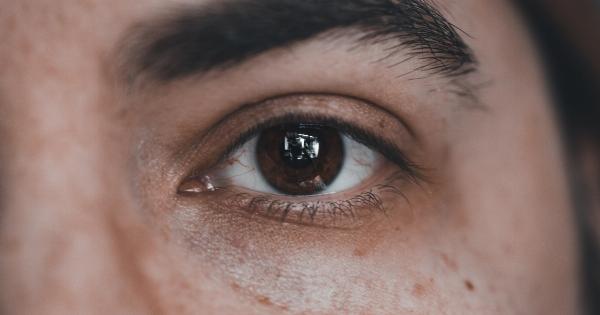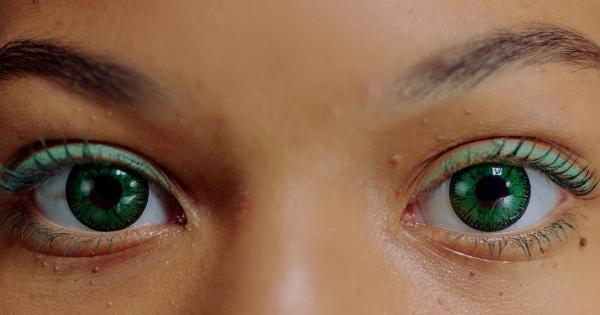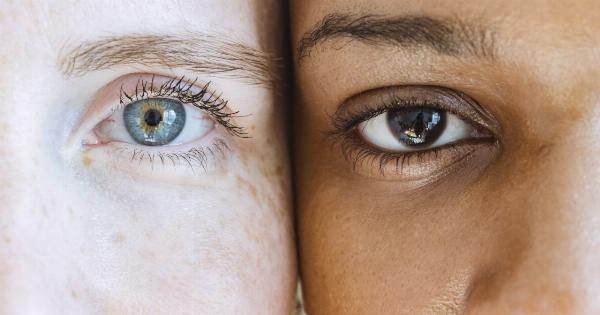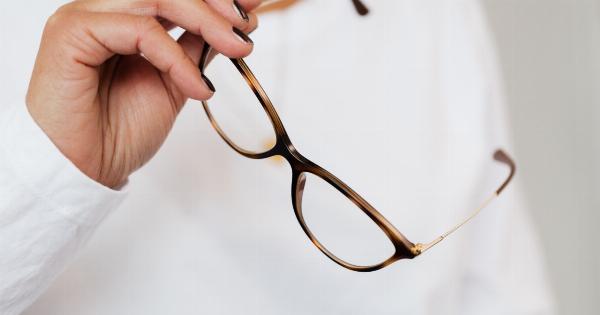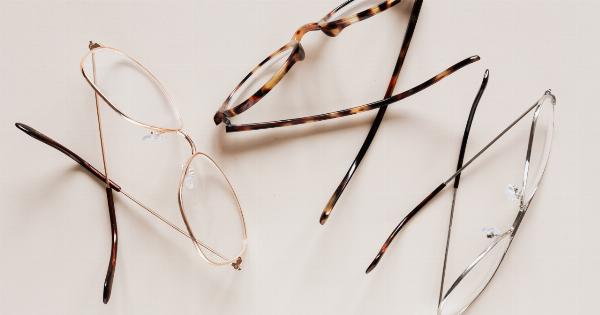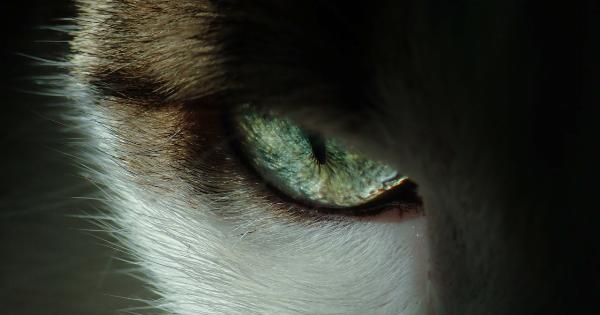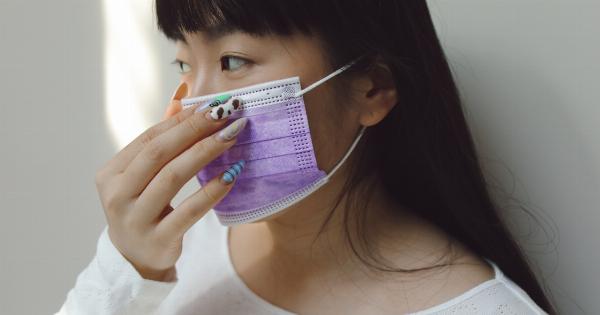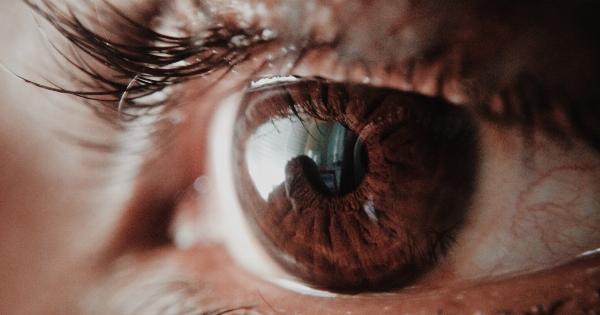Blue eyes are a stunning feature that have fascinated people for centuries. They are associated with beauty, uniqueness and mystique. Yet, not everyone with blue eyes is aware of the reasons behind their eye color.
In this article, we explore the 10 possible causes of blue eyes, illustrated with pictures to make it easier to understand.
1. Low Concentration of Melanin
Melanin is a pigment responsible for the color of skin, hair and eyes. People with blue eyes have less melanin in their irises than those with brown or green eyes.
This happens because the gene responsible for producing melanin in the iris is muted in those with blue eyes. The less melanin there is, the more light that is absorbed by the iris, which reflects back the blue color.

2. Rayleigh Scattering
Another reason why blue eyes appear blue is due to a physical effect known as Rayleigh scattering. This is when light is scattered by particles in the atmosphere, such as nitrogen and oxygen, causing the blue color in the sky we see during the day.
Similarly, the blue color in blue eyes is created by the scattering of light within the iris, which reflects back the blue color.

3. Genetics
Blue eyes can be inherited from parents as a dominant or recessive trait, with the latter being more common. If both parents have blue eyes, their offspring have a higher chance of having blue eyes too.
If at least one parent has brown eyes, the probability of their child having blue eyes is lower, but not impossible. Other factors may come into play, such as recessive genes that can resurface after skipping several generations.

4. Age
Although rare, it is possible for someone to have blue eyes as a child and for them to change to a different color as they age.
This happens because as we grow older, the concentration of melanin in our irises can increase or decrease, leading to a change in eye color. For example, someone with blue eyes might develop green or brown eyes later in life due to this factor.

5. Heterochromia Iridum
Heterochromia iridum is a rare condition where someone has two different colored eyes or irises. One of the colors can be blue, while the other is brown or green.
This happens because the concentration of melanin in each iris is different due to genetic or environmental factors. Heterochromia iridum can be present at birth or develop later in life due to injury or disease.

6. Albinism
Albinism is a rare genetic disorder where a person lacks melanin in their skin, hair and eyes. This can make their skin pale, their hair white or very light and their eyes blue or pink.
The lack of melanin in the eyes can cause them to appear blue, but in some cases, they may also appear pink or red due to the lack of protective pigment that shields them from light.

7. Eye Diseases
Some eye diseases can cause changes in eye color, including the development of blue eyes. For example, glaucoma, a condition that affects the optic nerve and can lead to blindness, can make the iris appear blue or cloudy.
Similarly, Fuchs’ heterochromic uveitis, an eye disease that causes inflammation, can cause depigmentation of the iris, resulting in blue or gray eyes.

8. Medications
Some medications can cause changes in eye color as a side effect. For example, prostaglandin analogues, eye drops used to treat glaucoma, can cause lightening of the iris in some people, resulting in blue or green eyes.
Other medications that can cause eye color changes include minocycline, used to treat acne, and chlorpromazine, used to treat psychiatric disorders.

9. Contact Lenses
Contact lenses can also cause changes in eye color. This is because contact lenses are designed to enhance or change the color of the eyes. Someone with brown or green eyes might wear blue contact lenses to achieve a different look.
Similarly, someone with blue eyes might wear color-enhancing lenses that make their eyes appear bluer or brighter than they are naturally.

10. Artificial Lighting
Lastly, artificial lighting can also affect the appearance of eye color. Some types of lighting, such as fluorescent or LED lights, can make the iris appear bluer than in natural light.
This happens because these types of lighting emit more blue wavelengths than red or yellow wavelengths, which can make the blue in the iris more pronounced.

